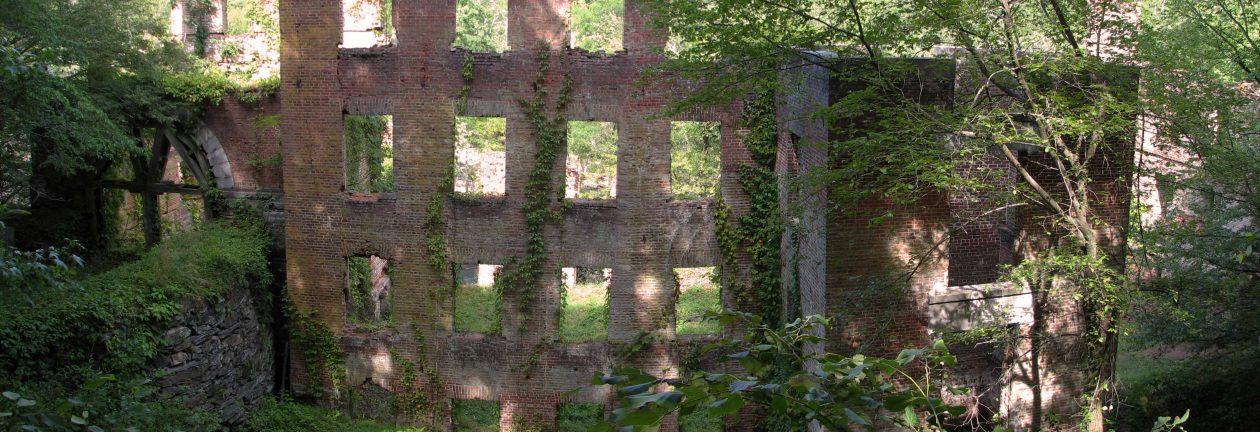Taipei, Taiwan
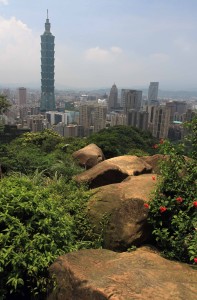
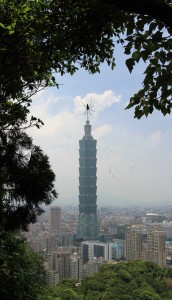
I slept in later than I would’ve liked, but my body did need to rest. When I finally woke up and got ready to greet the day, I traveled via subway to Xinagshan. From there I walked past a park and a temple before beginning my ascent up Elephant Mountain. The most strinking feature of this trail was that even though it bordered the metropolis of Taipei and was very close to Taipei 101, it was a dense forest, thick with trees, ferns, bushes, and a lot of insect life (mainly large spiders); it was a nice contrast to the concrete jungle surrounding most of the park. The trail consisted mostly of stone steps leading to the top of the peak. From the top, I was given fantastic views of Taipei 101, the rest of the city, and several mountain peaks that, if I had more time, I would’ve loved have hiked to. Nature is certainly a blessing on Earth. After reaching the top and walking through several spider webs, I descended the mountain and went back on the subway.
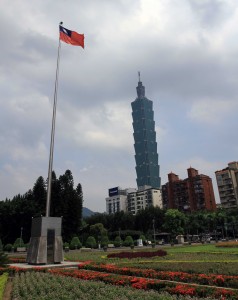
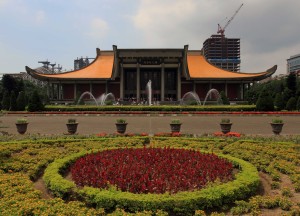
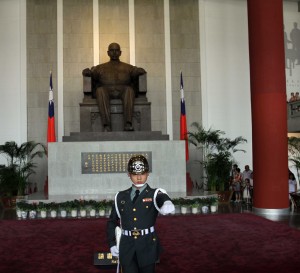
My next stop was Dr. Sun Yet-Sen Memorial Hall. It is a giant hall dedicated to the “Father of the Nation”. Dr. Sun Yet-Sun was instrumental in the Revolution of 1911 in China and he was the first president of the Republic of China. He also developed the ‘Three Principles of the People’, which was inspired by the Gettysburg Address – “government of the people, by the people, for the people”. The ‘Three Principles are: Mínzú (“nationalism”), Mínquán (“democracy”), and Mínshēng (“livelihood of the people”); these principles are the cornerstone of the Republic of China and are still followed by the government in Taiwan. Also, even though he wasn’t a Communist, he is still revered in the People’s Republic of China for his role in having ended the two-thousand rule of the various dynasties, thus abolishing the Emperor and giving back China to the people. While in the memorial hall, I witnessed the military guards perform their drill and ceremony, rendering multiple salutes to the giant statue of the good Doctor. Also, within the hall, were exhibits detailing his life and beliefs as well as several art galleries, one of which features watercolors by Kuo-Jen Shen. After spending some quality time in and around the memorial hall, I got right back on the subway.
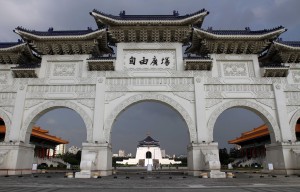
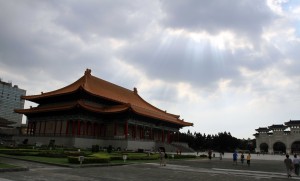
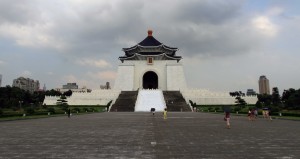
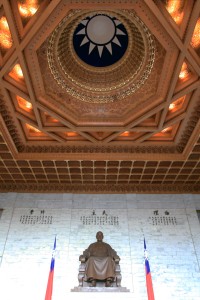
The next stop for me was another memorial hall, this one dedicated to Cheng Kai-Shek (a political and military leader who served as the leader of the Republic of China between 1928 and 1975; he led China against the Japanese during World War II and during the civil war with the communists in 1949 he evacuated to Taiwan, set up the government in Taipei, and persecuted people critical of his rule – he believed in authoritarian rule, not western democracy like Dr. Sun Yet-Sen). The site containing the memorial was set up with an entrance gate, a concert hall and theater to the left and right, and the gigantic hall containing his sculpted likeness at the other end of the gate. The set up and the open archway to visit his statue reminded me of the Lincoln Memorial in Washington D.C., but instead of neoclassical architecture, its design was influenced by Chinese architecture. After visiting the memorial hall, I then got back on the subway.
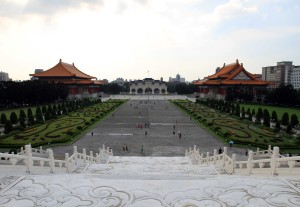
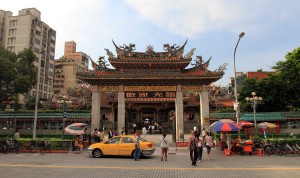
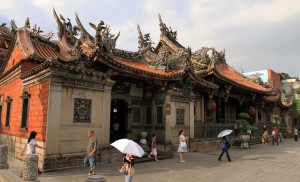
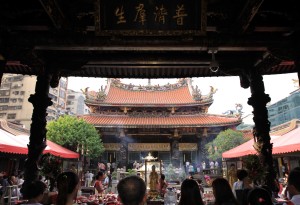
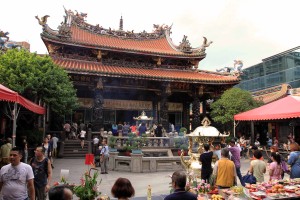
Next up on my itinerary was Longshan Temple. The original temple was established in 1738 and was dedicated to the Buddhist goddess Avalokiteshvara (Guanshiyin); the temple was then renovated in 1920 and, like many other temples in Taiwan, it worships a mixture of Buddhist, Taoist, and folk deities. Before entering the temple, I had a quite satisfactory bottle of Shueishalian milk tea in the park outside. When I entered the temple grounds, there was a religious worship being conducted, where most of the Buddhists inside were chanting together, following along in prayer books. There were also many fruits, sweets, and flowers offered on tables to the goddess and Buddha, as well as plenty of incense being burned as worshipers bowed their heads and prayed. I walked around the grounds and looked inside each structure I could to see the golden statues and beautiful carvings, reliefs, and painted art inside and out, being careful not to disturb anyone’s prayers.
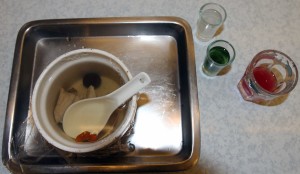
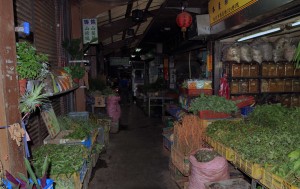
After leaving the temple I walked to several nearby marketplaces. The first was Huaxi Street (also known as “Snake Alley”) in the Wanhua District (the oldest district in Taipei); it is historically worth noting that Huaxi Street was notoriously full of brothels once upon a time, but that time ended when prostitution was illegalized in 1991. Inside one of the restaurants in the alley, I tried snake soup (there were three pieces of snake, mostly spine and ribcage with little meat), snake blood wine, snake venom wine, and snake gallbladder wine. Each of the wines are creating by combining the necessary snake ingredients with rice wine, making each taste like an unusual liqueur (the venom is denatured by ethanol, enabling it to be drunk without alarm). This restaurant also sold turtle blood wine and two of the patrons were trying to get me to drink the deer penis wine (NOTE: this is not a joke, they really do sell deer penis wine on this street). Since I had no desire to drink the deer penis wine, I left after I finished my meal and then walked over to the Herb Medicine marketplace, which was a very short street full of drying herbs laid out for shoppers to see and pick out. I then proceeded to a bakery where I tried some pineapple cake and another cake with grape and sesame seed; I ended up buying some traditional round Chinese cakes with red stamps on the outside and mashed white bean paste in the center; these cakes tasted delicious – it was an excellently random purchase on my part.
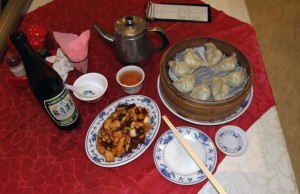
With cakes in hand, I took the subway to Ximen, walked to the old North Gate of the city, which was rather plain, and then walked back to my hostel. I dropped the cakes off and then wandered around on the nearby streets for a ridiculously long time trying to find a restaurant that appealed to me to eat dinner at (the snake broth and liqueurs did not fill me up today). There were mostly street food stalls and Japanese, Korean, and American restaurants. I finally found a traditional Chinese restaurant and had tea, beer, shrimp filled dumplings, and kung-pao chicken. I the went back to the hostel to type and sleep.
